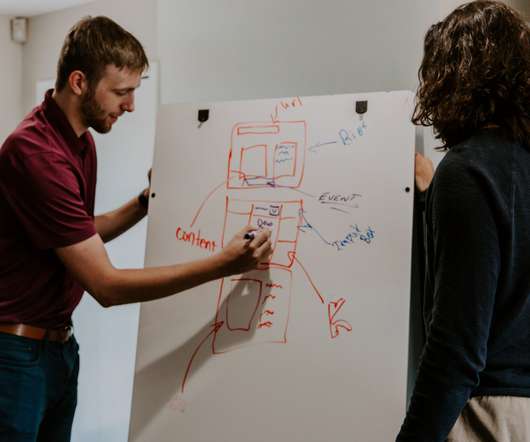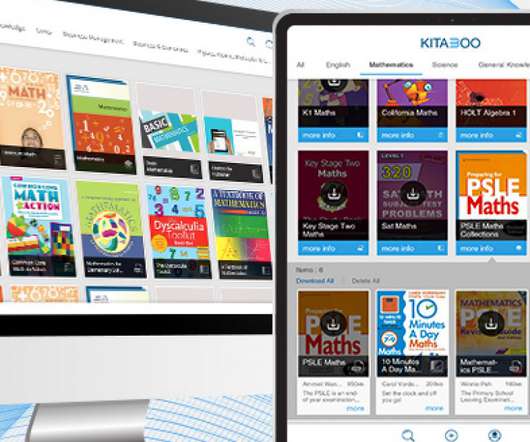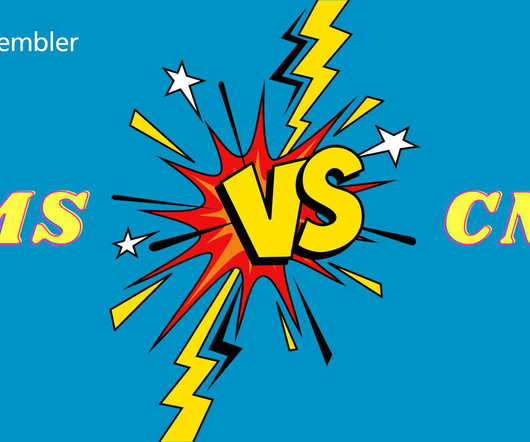How to develop an asynchronous learning strategy?
Wizcabin
AUGUST 22, 2021
Of course, there are two different options; asynchronous learning and synchronous learning strategies. Synchronous learning is simply a type of learning that involves both the learners and the instructor staying in the same place. For the sake of this post, we’ll only be focusing on the asynchronous aspect of learning.



































Let's personalize your content